Shahnameh: The Epic Persian Book of Kings
The Shahnameh, often referred to as the "Book of Kings," stands as an illustrious epic poem in Persian literature, composed by the revered poet Ferdowsi.
Completed around 1010 AD, this monumental work spans over 50,000 rhyming couplets and narrates the history of Iran from its mythical origins to the Arab-Islamic conquest. The Shahnameh weaves together a tapestry of myths, legends, and historical events, showcasing the heroic exploits of kings, warriors, and mythical figures. Through its intricate storytelling and poetic language, the Shahnameh has captivated readers for centuries, earning its place as a cornerstone of Persian literary heritage.
Historical Background of Shahnameh
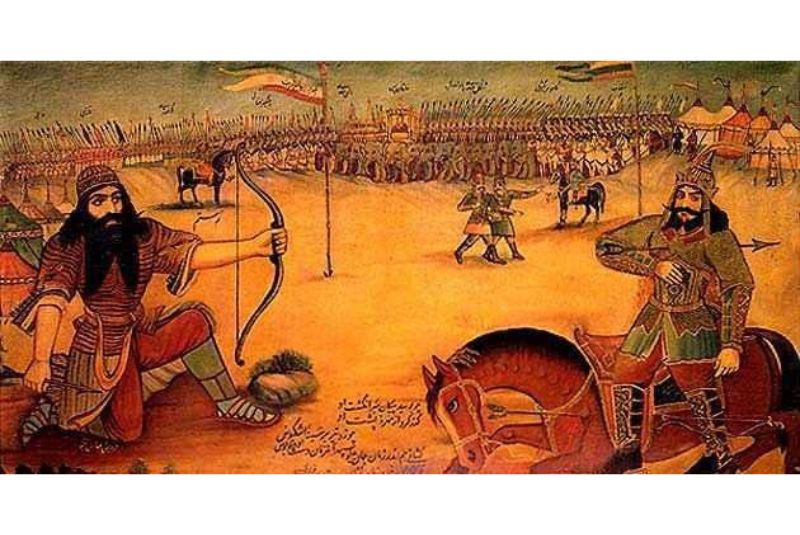
Before the Arab-Islamic conquest in the 7th century, Persia boasted a vibrant civilization with a storied history, encompassing the Median, Achaemenid, Parthian, and Sassanian empires. This era witnessed the rise of illustrious figures, epic battles, and a cultural tapestry woven with myths and legends. The Shahnameh serves as a literary bridge to this bygone era, offering a glimpse into the customs, values, and narratives that shaped the identity of ancient Persia.
Role of Shahnameh in Preserving Persian History
One of the primary functions of the Shahnameh is its role as a historical document meticulously preserving the collective memory of the Iranian people. Ferdowsi undertook the Herculean task of collecting, compiling, and narrating the myths and historical accounts of Persia, ensuring that the exploits of legendary heroes and the tales of ancient kings were not lost to the sands of time.
The epic's narratives span from the mythical beginnings of Persia, with stories of legendary figures like Keyumars, to the heroic exploits of kings such as Jamshid and Zahhak, and culminate in historical accounts of the Sassanian kings and the Arab-Islamic conquest. By preserving this extensive historical panorama, Shahnameh not only immortalizes the heroes of ancient Persia but also captures the essence of a civilization grappling with its own destiny.
Ferdowsi: The Poet of Shahnameh
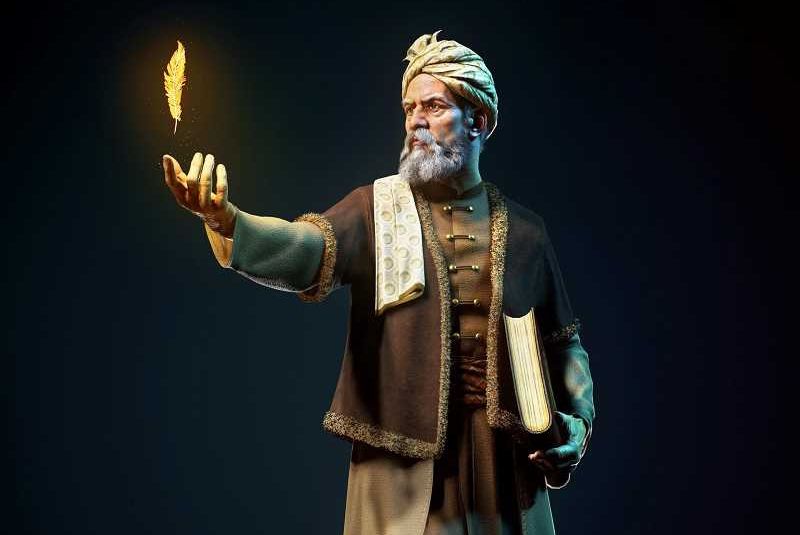
Ferdowsi, whose full name is Abu ʾl-Qasim Firdowsi Tusi, was born around 940 AD in the city of Tus, located in present-day Iran. He spent his formative years in a culturally rich and intellectually vibrant environment.
Ferdowsi received a classical Persian education, acquiring proficiency in Arabic, Persian, and the literary traditions of his time. His deep appreciation for the Persian language and its cultural significance played a pivotal role in his later endeavors.
Ferdowsi is often regarded as the "Homer of Persia," and his impact on Persian literature is immeasurable. The Shahnameh has influenced subsequent generations of poets, writers, and scholars, shaping the course of Persian literary traditions.
Ferdowsi elevated Persian poetry to new heights with his mastery of the epic form. The Shahnameh's poetic verses, rich in imagery and metaphor, have set a standard for Persian literary expression.
Ferdowsi completed the Shahnameh around 1010 AD, but the circumstances surrounding his death remain somewhat mysterious. Legend has it that he died in poverty, and his tomb in Tus has become a symbol of reverence for Persian literary heritage.
Ferdowsi's Motivation for Writing Shahnameh

Living in a period marked by the Arabization of the Persian language and the decline of indigenous traditions, Ferdowsi sought to revive and celebrate the Persian language, culture, and heritage. His dedication to the Persian identity and his desire to counteract the encroachment of foreign influences fueled the creation of Shahnameh.
| Read more: Why Iran is Not an Arab Country? | Learn the Difference!
"بسی رنج بردم در این سال سی عجم زنده کردم بدین پارسی"
Much I have suffered in these thirty years,
I have revived the Ajam with my verse.
I will not die then alive in the world,
For I have spread the seed of the word.
Challenges During the Creation of Shahnameh
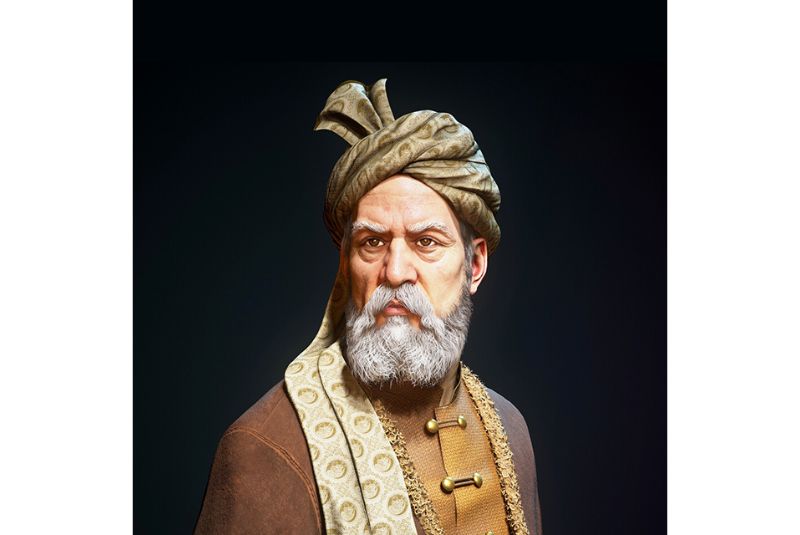
Iran experienced shifts in rulership and influence, presenting challenges to Ferdowsi's work and the patronage he sought.
Ferdowsi's dedication to the Shahnameh did not immediately yield the recognition and reward he hoped for during his lifetime. He faced financial difficulties during the prolonged period of composing the Shahnameh. Despite the epic nature of his work, he struggled to find patrons who could adequately support his literary endeavors.
| Suggestion: Why Did Persia Change Its Name to Iran?
Structure and Content of Shahnameh

The Shahnameh is organized into three main divisions, known as "safar," each comprising several volumes. The divisions are:
- Mythical Kings (Safar-e Dabestan): This section covers the mythical and legendary history of Iran, including the reigns of key figures such as Kaiumars, Hushang, and Tahmuras.
- Kayanian Kings (Safar-e Kai): Focusing on the Kayanian dynasty, this section narrates the heroic tales of kings like Keyumars, Manuchehr, and Rustam, the legendary Persian hero.
- Historical Kings (Safar-e Shahriar): The final division delves into historical accounts, chronicling the Sassanian kings and leading up to the Arab-Islamic conquest of Persia.
Key Characters of Shahnameh

- Rustam: Perhaps the most celebrated character, Rustam embodies the archetypal hero. A valiant warrior with unparalleled strength and loyalty, Rustam plays a pivotal role in numerous battles and adventures.
- Feridoun: A wise and just king, Feridoun is central to the mythical section of Shahnameh. He is known for his triumph over the tyrant Zahhak, symbolizing the triumph of good over evil.
- Zahhak: The malevolent figure who succumbs to corruption and tyranny, Zahhak serves as an antagonist in Shahnameh, embodying the destructive consequences of power and greed.
- Keyumars: The first king of Iran, Keyumars represents the mythical origins of Persian civilization. His reign is marked by prosperity and harmony, setting the stage for the subsequent narratives.
Stories and Themes within Shahnameh
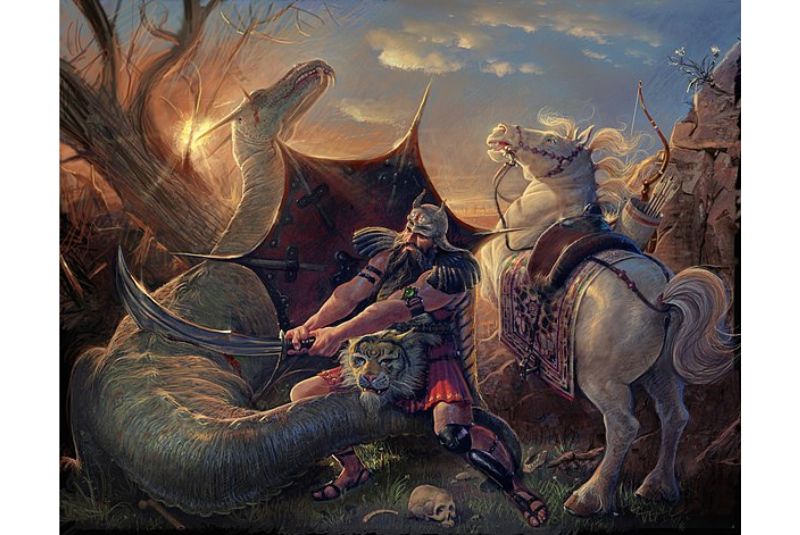
- Epic Battles: Shahnameh is replete with epic battles that showcase the valor and martial prowess of its characters. Notable among these is Rustam's legendary combat against the White Demon and his heroic exploits on the battlefield.
- Love and Tragedy: The epic doesn't shy away from exploring themes of love and tragedy. Stories such as the romance between Zal and Rudabeh, and the tragic fate of Siavash, add depth and emotional resonance to the narrative.
- Mythical Elements: Shahnameh incorporates a wealth of mythical elements, including divine beings, magical creatures, and symbolic motifs. These elements contribute to the fantastical and enchanting nature of the epic.
- Moral and Ethical Lessons: Beyond its grand narratives, Shahnameh imparts moral and ethical lessons. It underscores the consequences of tyranny, the importance of justice, and the enduring values of courage and righteousness.
Literary Style and Language of Shahnameh
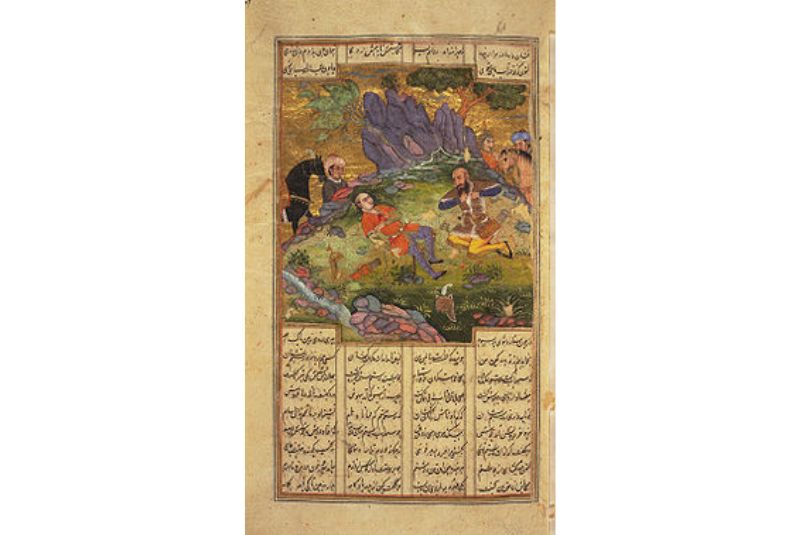
The Shahnameh is written in Classical Persian, which is also known as Classical Farsi or Middle Persian. This form of the Persian language is distinct from Old Persian, which was used in the Achaemenid Empire, and Modern Persian, the contemporary form spoken today. It served as a transitional stage between the ancient form of the language and the contemporary Modern Persian spoken today.
- Rhyming Couplets (Mathnawi): Shahnameh is composed predominantly in rhyming couplets, known as "Mathnawi" in Persian poetry. This poetic form provides a rhythmic and melodious quality to the verses, enhancing the oral tradition of storytelling for which Ferdowsi intended the epic.
- Metaphor and Symbolism: Ferdowsi skillfully employs metaphor and symbolism, enriching the narrative with layers of meaning. The use of metaphorical language adds depth to characters, events, and themes, creating a nuanced and immersive poetic experience.
- Epic Similes (Tashbihat): Ferdowsi incorporates epic similes to draw vivid comparisons between elements in the narrative. These similes serve not only to enhance the aesthetic quality of the poetry but also to elucidate complex themes and emotions.
- Alliteration and Assonance: The Shahnameh features alliteration and assonance, contributing to the musicality of the verses. These linguistic devices add a rhythmic flow to the epic, making it engaging for both oral recitation and written consumption.
| Also might be interesting: Top Must Watch Iranian Movies
Shahnameh Khani Tradition
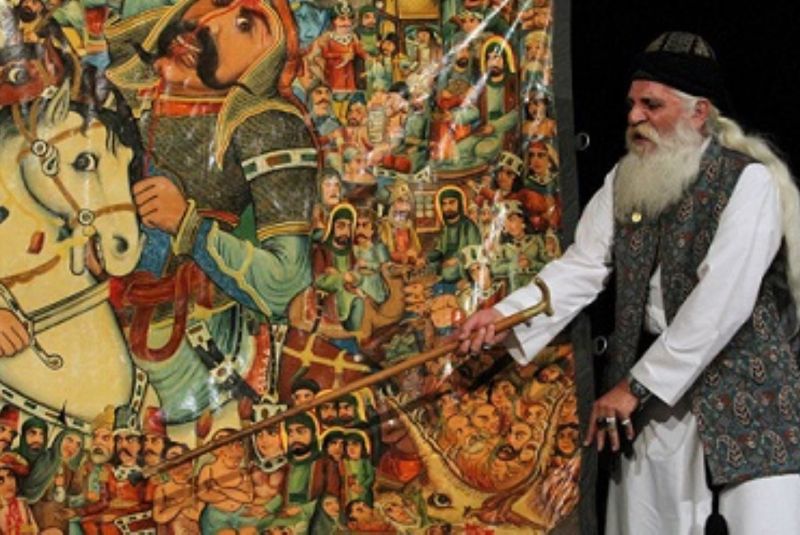
The tradition of Shahnameh Khani (Narration of Shahnameh) involves the oral recitation of the epic, often performed by skilled storytellers or individuals with a deep knowledge of Persian literature and history. The recitation of Shahnameh is not only a literary activity but also a cultural and social event. It is a way to preserve and pass on the rich cultural heritage of Iran.
Shahnameh Khani (Naghali) events can take place in various settings, ranging from private gatherings to public events. The tradition plays a crucial role in maintaining a connection to Iran's cultural roots and serves as a means of cultural transmission from one generation to the next.
Are Turks Mentioned in Shahnameh?
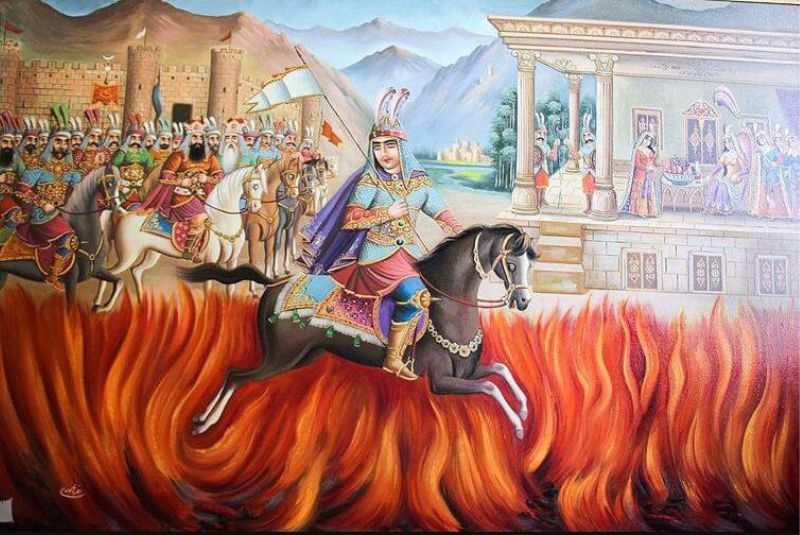
It is crucial to dispel a common misconception: the Turanians mentioned in Shahnameh, sourced from Avesta and Pahlavi texts, are unrelated to the Turks. Shahnameh depicts these Turanians as an Iranian faction symbolizing the nomadic inhabitants of the Eurasian Steppes, and they do not share cultural ties with the Turks.
Literary Works Influenced by Shahnameh
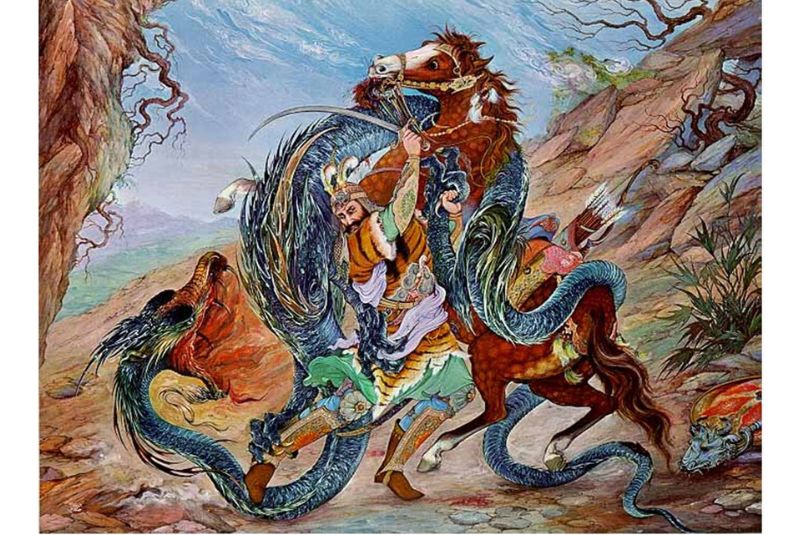
While Shahnameh has primarily influenced Persian literature, its impact has also extended to international literary works and cultural productions. Some examples of how Shahnameh has influenced international literature include:
- Matthew Arnold's "Sohrab and Rustum": The British poet Matthew Arnold wrote a narrative poem titled "Sohrab and Rustum," which is based on a story from Shahnameh. The poem explores the tragic confrontation between the Persian hero Rustum and his son Sohrab.
- James Clarence Mangan's "The Khoord Cabul": The Irish poet James Clarence Mangan wrote a poem titled "The Khoord Cabul," which draws on Persian themes, including references to Shahnameh.
- Aeschylus' "Prometheus Bound": Some scholars argue that Aeschylus, the ancient Greek playwright, may have been influenced by Persian stories, including those found in Shahnameh, when writing his play "Prometheus Bound."
What are the Shahnameh Famous Stories?
There are significant episodes within the Shahnameh, each contributing to the richness of the narrative and reflecting various themes and moral lessons:
Zal and Rudabeh:
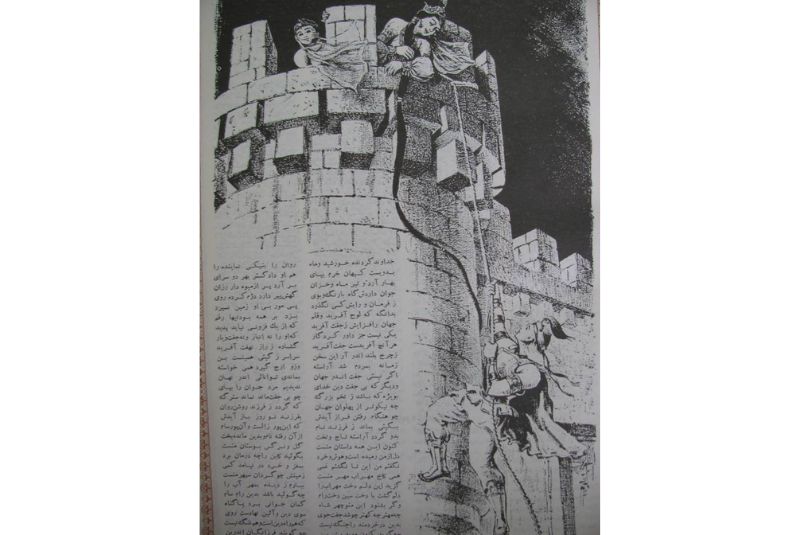
Zal, a distinguished warrior with white hair, falls in love with Rudabeh, a beautiful princess. Their love story involves overcoming societal and familial challenges, ultimately leading to the birth of the legendary hero, Rustam.
Themes: Love, family dynamics, societal norms, and the birth of a hero.
The Seven Stages (or Labors) of Rostam:
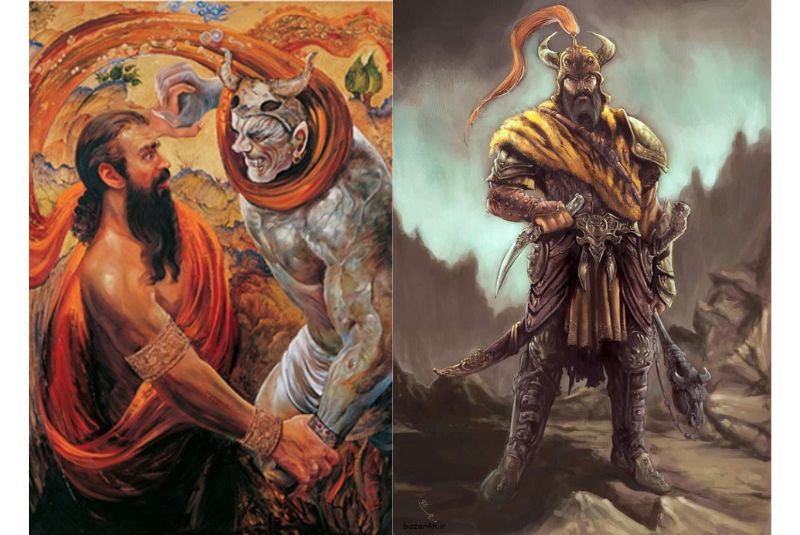
Rostam, the central hero of Shahnameh, undergoes a series of heroic tasks or labors, showcasing his exceptional strength, courage, and skills. These feats include battles with mythical creatures and the triumph over formidable opponents.
Themes: Heroism, strength, perseverance, and the embodiment of Persian virtues.
Rostam and Sohrab:
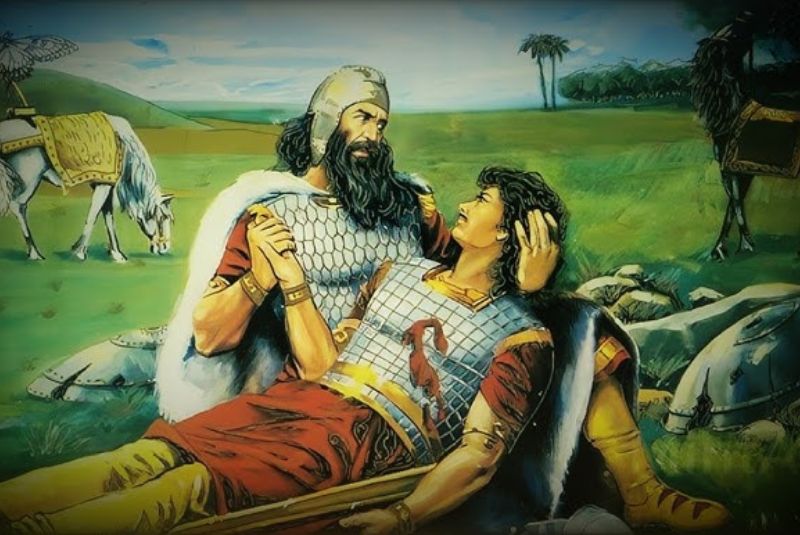
Perhaps one of the most tragic and well-known stories in Shahnameh. Rostam unknowingly kills his own son, Sohrab, in a tragic battle. The story explores themes of fate, tragedy, and the consequences of misunderstandings.
Themes: Tragedy, filial relationships, destiny, and the impact of war.
The Story of Siavash:
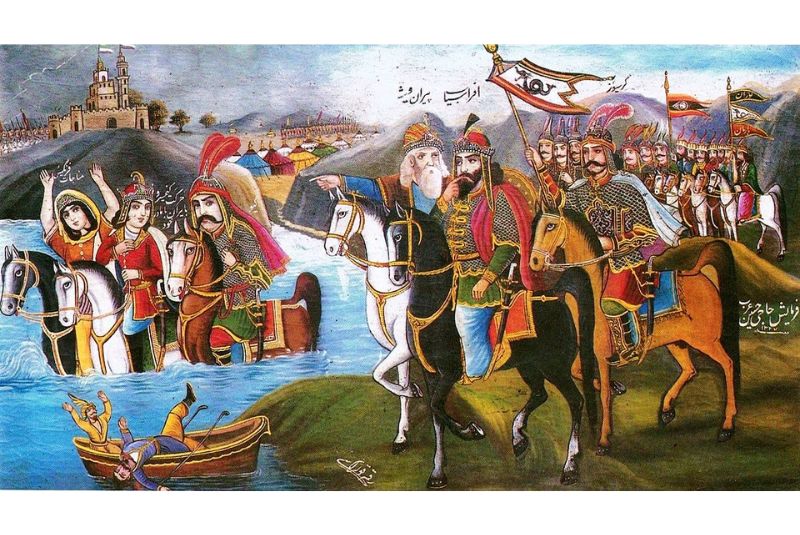
Siavash, a noble prince, faces betrayal and unjust accusations. His story revolves around his struggles, moral integrity, and the tragic events leading to his demise.
Themes: Betrayal, justice, moral dilemmas, and the consequences of false accusations.
The Love Story of Bijan and Manijeh:
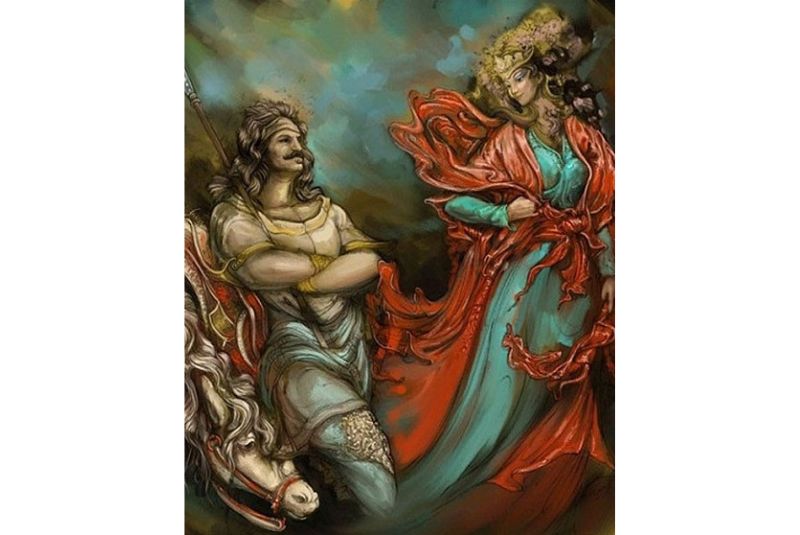
This romantic tale features Bijan, a Persian prince, and Manijeh, a princess from Turan. Their love faces challenges due to political tensions and cultural differences.Shakespeare’s Romeo and Juliet (16th century) is similar to this story.
Themes: Love, cultural conflicts, political dynamics, and the power of human connection.
The Wars with Afrāsīyāb:
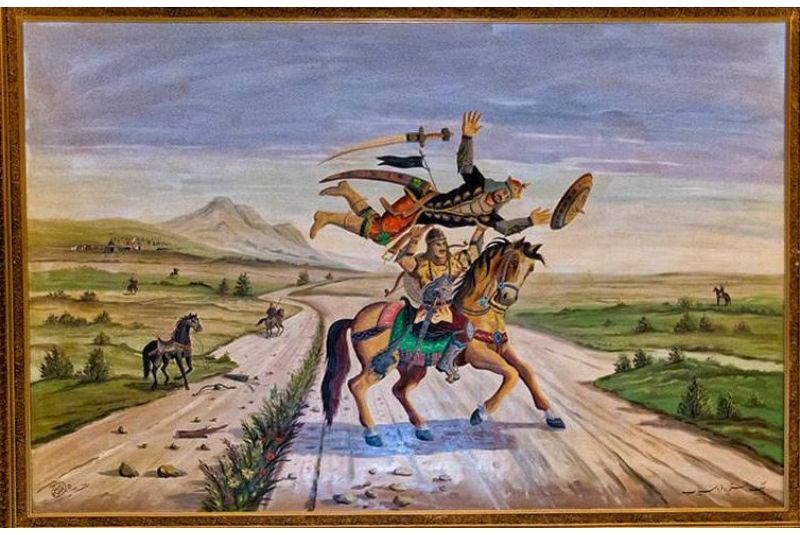
Afrāsīyāb, the Turanian king, engages in wars against the Persian kings, leading to epic battles and political conflicts.
Themes: War, political rivalry, power struggles, and the consequences of conflict.
The Story of Kaveh Ahangar:

Kaveh Ahangar, a blacksmith, becomes a symbol of resistance against oppressive rulers. His story involves a lawsuit against tyranny, embodying themes of justice and the fight against oppression.
Themes: Justice, resistance, standing against tyranny, and the power of the common people.
Goshtāsp and Arjāsp:
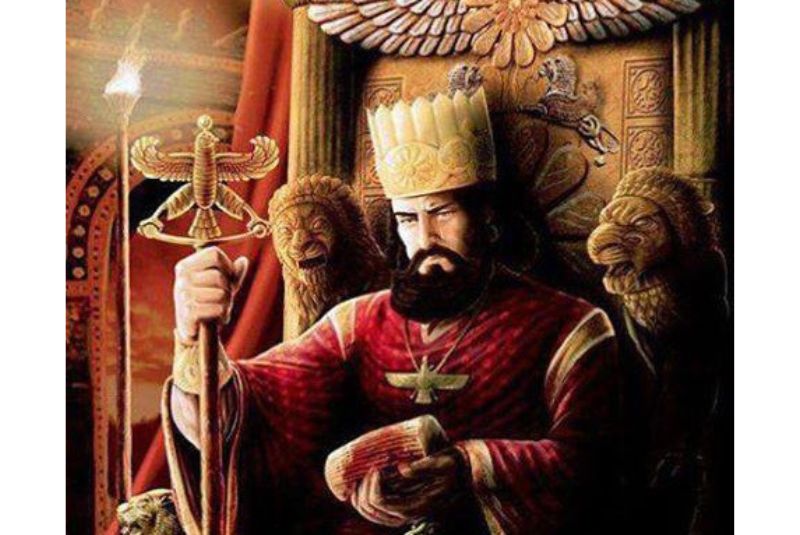
Goshtāsp, a king, faces challenges from the demon Arjāsp. This narrative explores the theme of the eternal struggle between good and evil.
Themes: Good vs. evil, heroism, and the cosmic battle between divine and demonic forces.
Rostam and Esfandyar:
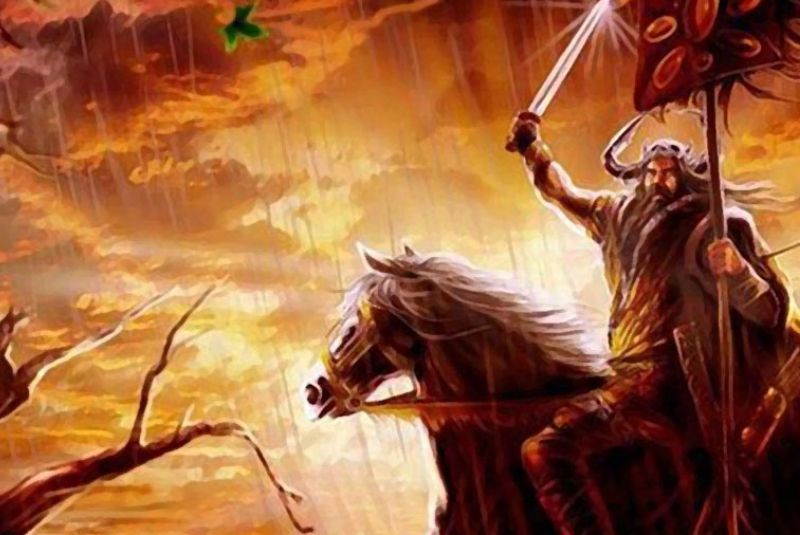
Rostam and Esfandyar engage in a tragic battle due to political and familial conflicts. This story highlights the complexities of duty, loyalty, and the inevitability of fate.
Themes: Duty, loyalty, tragedy, and the clash of conflicting responsibilities.
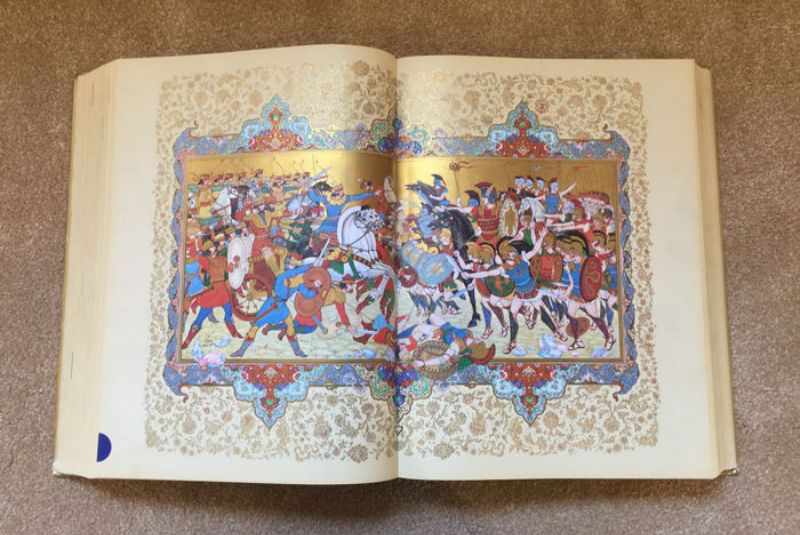
Final Takeaway
Shahnameh not only imparts moral lessons but also invites readers to reflect on the complexities of human nature and societal dynamics. It stands as a timeless work that resonates with audiences far beyond its historical and cultural context, addressing universal themes that continue to captivate and inspire.
Share your story!
Comment below and let us know about your Experience.
Your story inspires others!


Comment
Leave a Comment